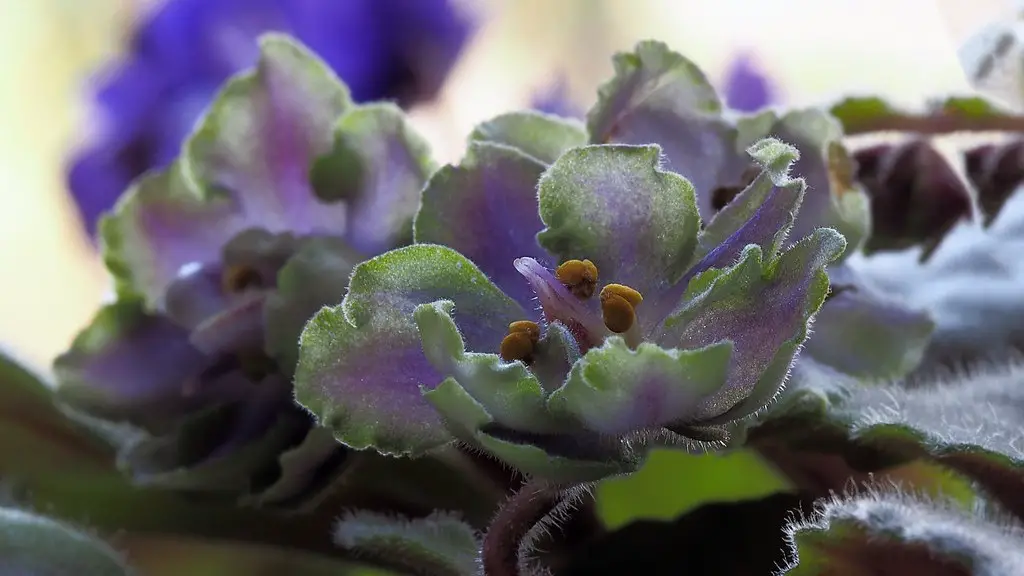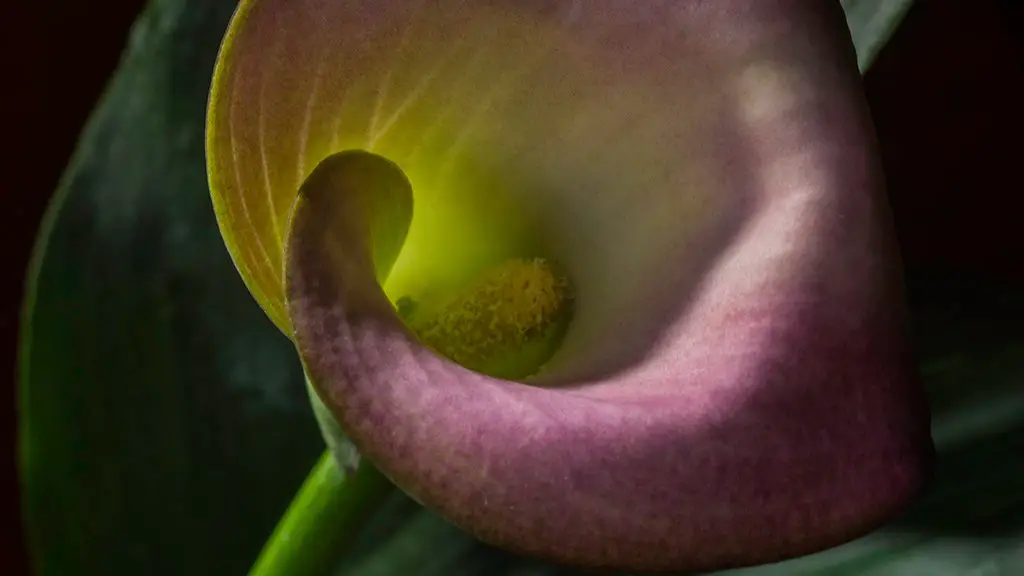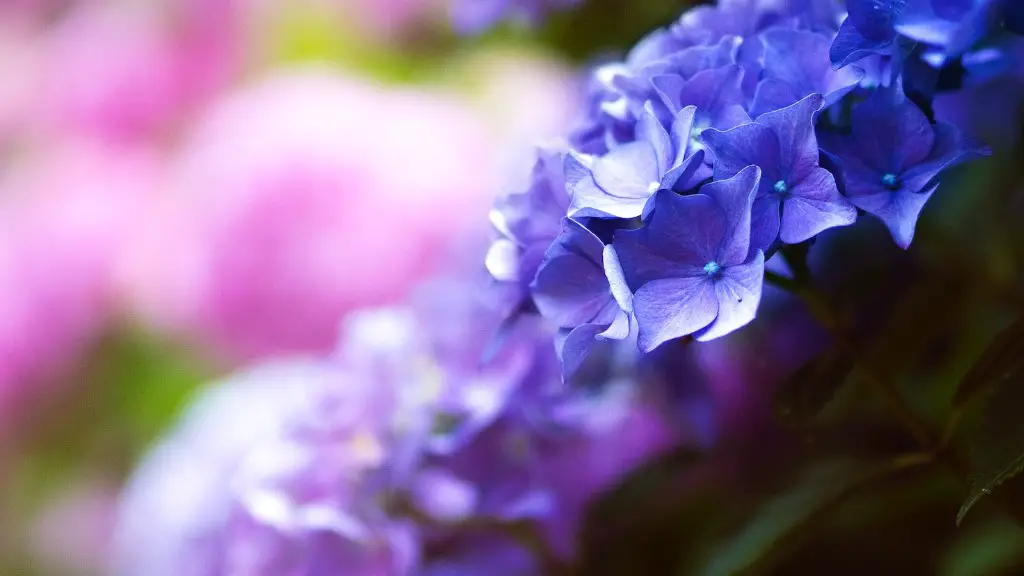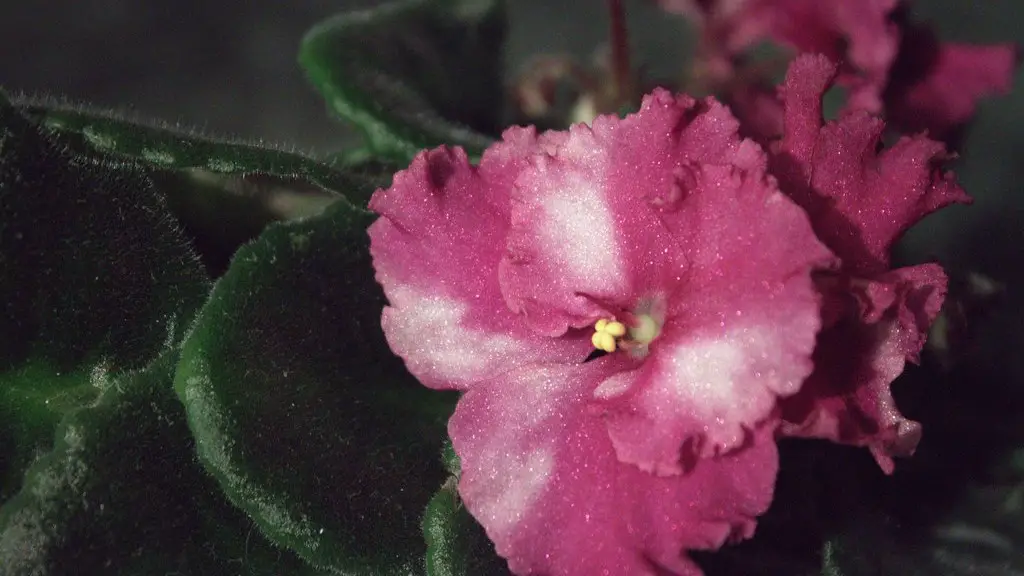African violets are a type of houseplant that can thrive in a terrarium. A terrarium is a type of container that is typically made of glass and has a lid. It is important to ensure that the terrarium has adequate ventilation. African violets prefer a warm and humid environment, so a terrarium can be a great way to create the ideal conditions for these plants.
Yes, African violets can grow in a terrarium.
Is African violet soil good for terrariums?
If you’re looking to add a little bit of life to your home, consider an African violet terrarium! These lovely plants thrive in humid conditions, making them the perfect candidate for a terrarium. Plus, they’re relatively easy to care for, so you won’t have to spend too much time keeping them alive.
African violets are best suited for African violet pots, which are small (4- to 5-inch) ceramic or plastic self-watering containers. These pots provide the proper amount of continuous moisture to the plants, resulting in better growth and blooming.
Can African violets live without sunlight
If your African violet is not blooming, it is likely because it is not getting enough light. African violets need indirect sunlight; direct sunlight can burn the leaves. Choose a north- or east-facing window for best results. Keep plants away from cold glass and rotate the pot once a week so all leaves receive light.
African violets require bright, indirect light in order to thrive. A site near an east or north window is often a good location, as it will receive plenty of light without being in direct sun. If a suitable window isn’t available, African violets can be placed under a fluorescent light fixture containing two 40-watt fluorescent tubes.
How do you make an African violet terrarium?
When setting up a terrarium for African violets, it is best to use a wide-bottomed container with a large lid. Place some gravel at the bottom to catch excess water, then add a layer of fine mesh and some moist, fast-draining soil. Plant your African Violet in the center of the terrarium so it won’t touch the glass.
If you’re looking to add some plants to your terrarium, consider ones that thrive in high-humidity environments. Some good options include ferns, African violets, Venus flytraps, starfish plants, air plants, baby’s tears, fittonia, golden clubmoss, and strawberry begonia. Just be aware that succulents won’t do well in a terrarium with a lid.
Do African violets like bigger pots?
African violets thrive when they are slightly pot-bound, so it is best to choose a pot that is on the smaller side. Professional Tip: If you have a standard African violet plant, your starter pot should be about 3-4 inches in diameter. This will allow your plant to have plenty of room to grow without becoming too root bound.
Whether you water your African violet from the top or bottom, just be sure to use lukewarm or warm water (avoiding cold water) to prevent leaf spots from forming on the leaves if the plant is in direct sunlight.
Do African violets need shallow pots
African violets like breathable, shallow pots because their roots don’t go very deep. They prefer to spread out sideways, so a deep pot isn’t necessary. Your pot must have good drainage so you can water from underneath.
Watch out for crown rot when watering your African violets! Make sure to only use room temperature water and don’t mist the foliage, as this can cause permanent leaf spotting.
How often should a African violet be watered?
A wicking system is a watering system where water is drawn up through a wick from a reservoir below. The water then flows through the soil and to the roots of the plant. This system ensures that the plant always has a steady supply of water, and that the roots are never sitting in water, which can cause them to rot.
If you notice excessive moisture on the leaves of your violets, it is important to take action immediately. Violets are highly susceptible to a number of deadly pathogens, such as Crown Rot and Pythium. Much less serious, though still alarming, are the brown or yellow leaf spots which result from leaving water on the leaves.
If you suspect that your plant has Crown Rot, the best course of action is to remove the affected leaves and destroy them. You should also sterilize any tools or containers that come into contact with the plant. Pythium can be controlled with the use of a fungicide, but it is best to avoid getting the leaves wet in the first place.
To prevent brown or yellow leaf spots, simply make sure that you do not leave any water sitting on the leaves of your violet. After watering, be sure to remove any excess water from the leaves with a soft cloth.
What do African violets symbolize
African violets are known for their symbol of devotion, commitment, and faithfulness. These beautiful flowers have been known to stand the test of time, and continue to be a staple in many gardens and homes. No matter the occasion, giving someone an African violet is sure to let them know that you are devoted to them.
If you are able to provide the correct conditions, African violets can bloom nearly year-round. Each bloom lasts for about 2-3 weeks.
How long do potted African violets live?
It’s best to repot your African violets every couple of years to give them fresh potting mix and room to grow. But how can you tell when they need to be repotted?
Here are a few signs that your African violet needs a new pot:
The pot is cracked or broken.
The roots are growing out of the drainage holes.
The potting mix is dry and crumbly.
The plant is too big for the pot.
If you see any of these signs, it’s time to repot your plant.
It’s easy to root African violets from leaves. just put the leaf in water and wait for it to root. You can take the leaf from your existing African violets, or even from a friend’s plant.
Warp Up
It is possible for African violets to grow in a terrarium, but there are a few things to keep in mind. The terrarium should have good ventilation to prevent the leaves from getting too wet and developing fungal diseases. The soil should be well-draining to avoid waterlogging the roots. The terrarium should also be bright, but not in direct sunlight, to prevent the leaves from burning.
African violets can grow in a terrarium, provided that the terrarium is set up correctly. The terrarium should have a tight-fitting lid to keep the humidity in, and it should be placed in a spot that gets indirect sunlight. The soil should be moist but not soggy, and the African violet should be fertilized once a month.





